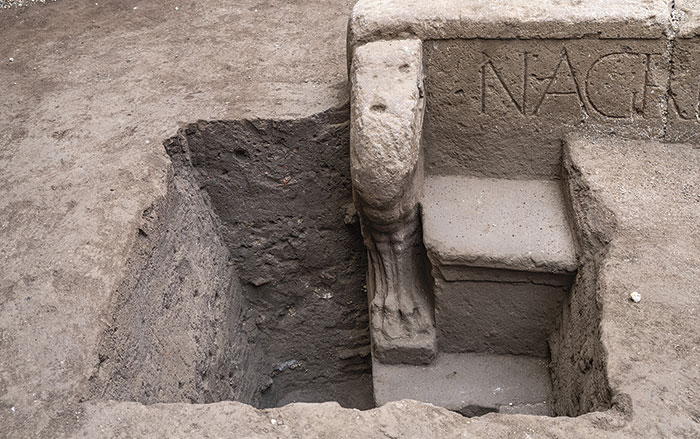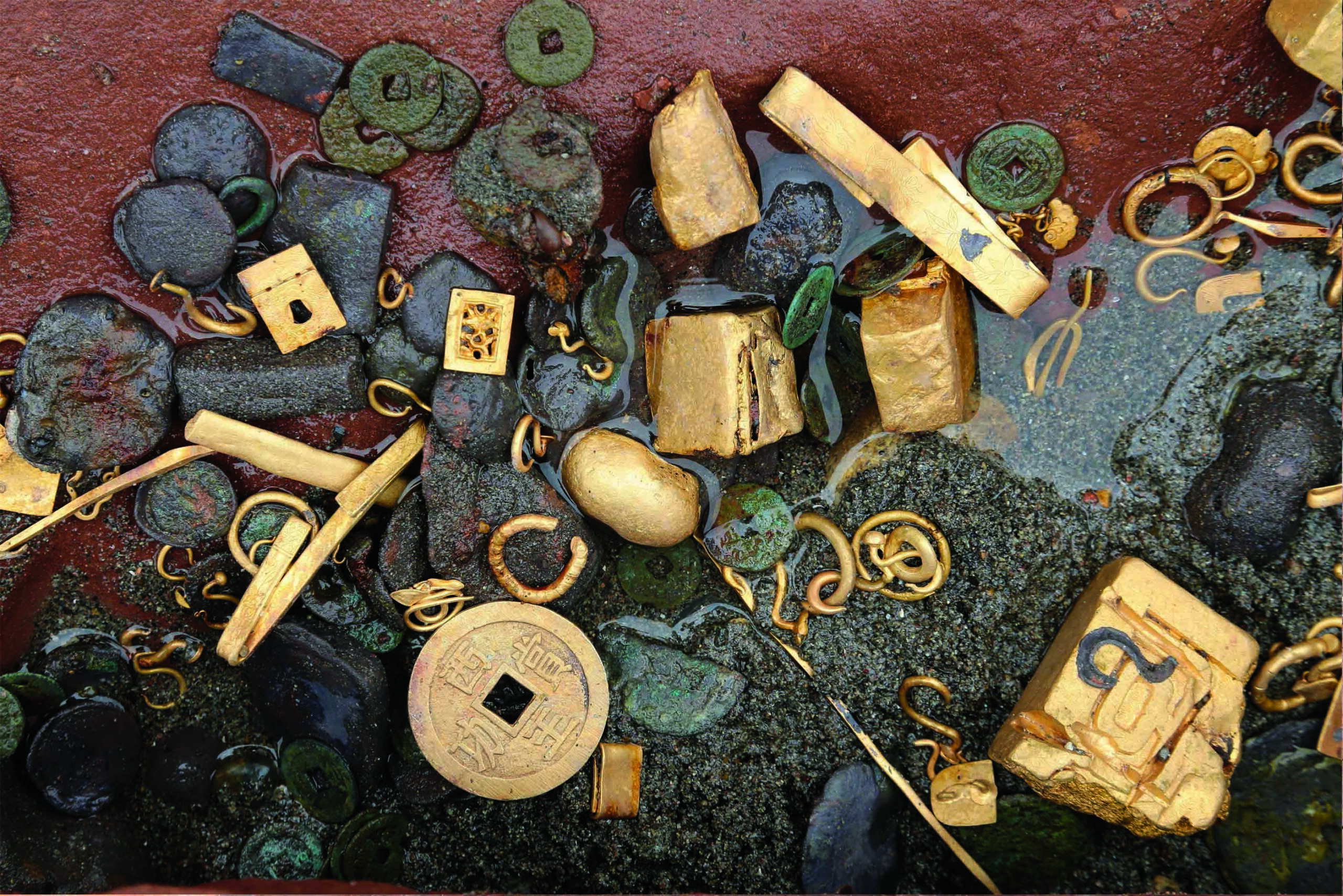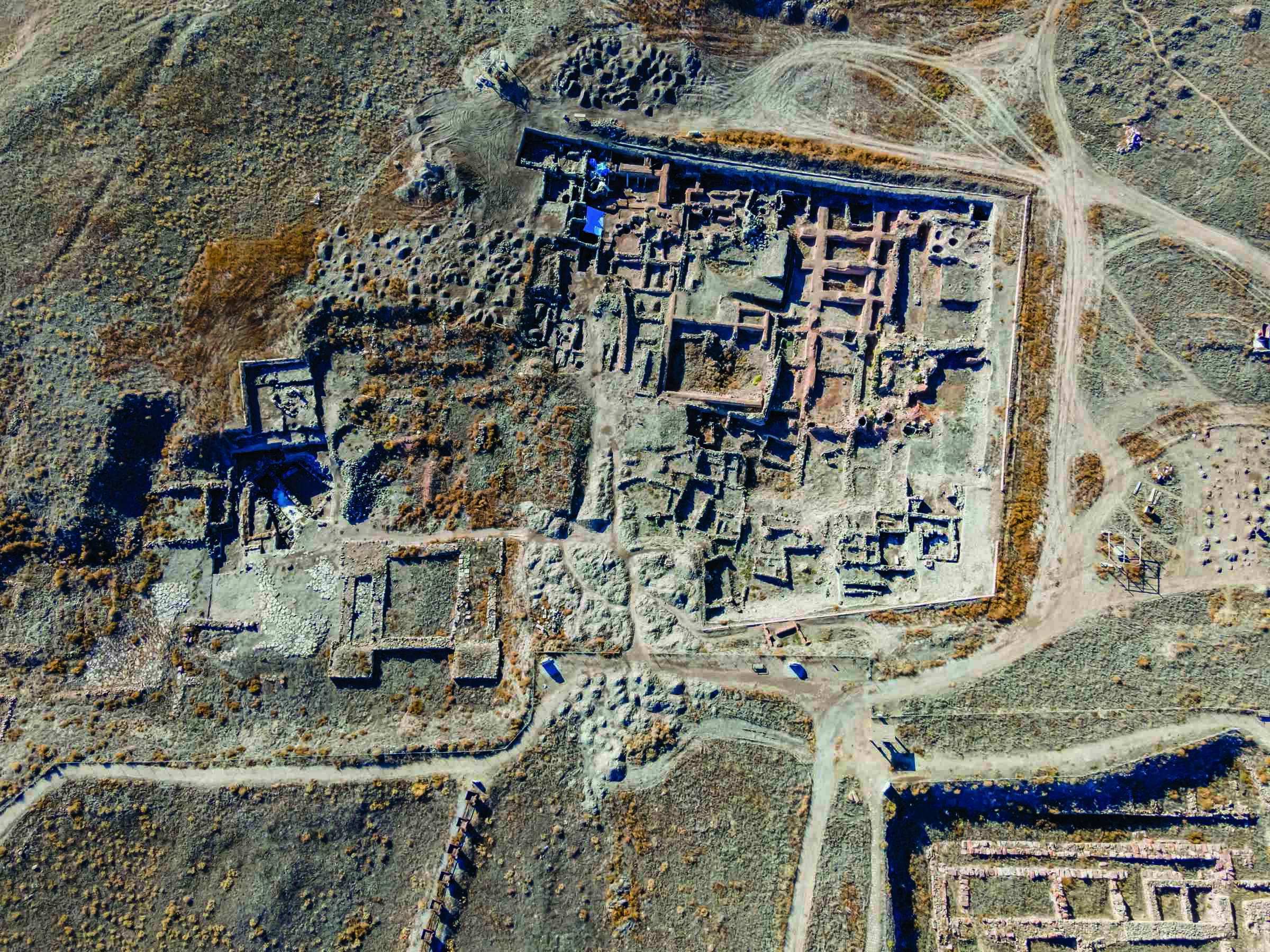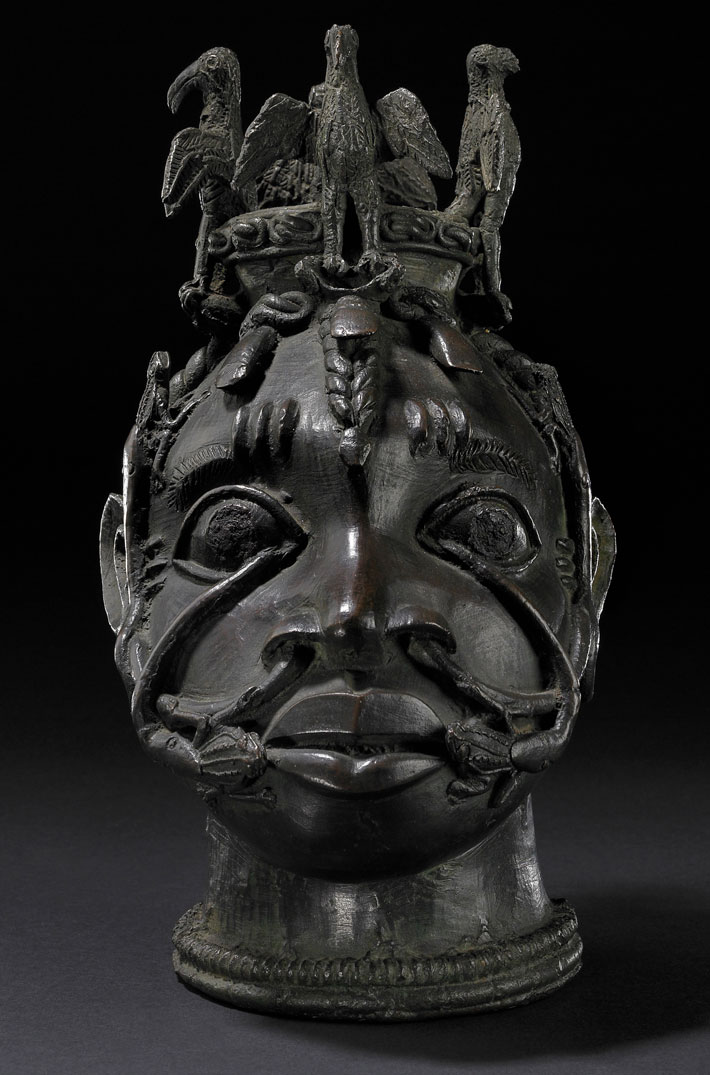
CAMBRIDGE, ENGLAND—Forensic artist Joe Mullins of George Mason University has reconstructed the face of a man likely crucified by the Romans, according to a BBC News report. The man’s remains, including a nail through his heel, were discovered in 2017 at a Roman settlement site in the East of England. The site has been dated to the third and fourth centuries A.D. “This man had such a particularly awful end that it feels as though by seeing his face you can give more respect to him,” commented bone specialist Corinne Duhig of Cambridge University. She noted that there were signs of other injuries on the bones, and evidence of an infection or inflammation, perhaps from an illness or from time being bound and shackled. “He was tortured yet given over to his population to have an absolutely normal burial,” she said. Wear and tear on the bones indicate the man had been a manual laborer, while isotopic and DNA analysis of the remains indicate that he may have had brown hair, brown eyes, and probably lived in the area throughout his life, she added. To read about a man buried in Roman Britain with iron fetters around his ankles, go to "Identifying the Unidentified."










